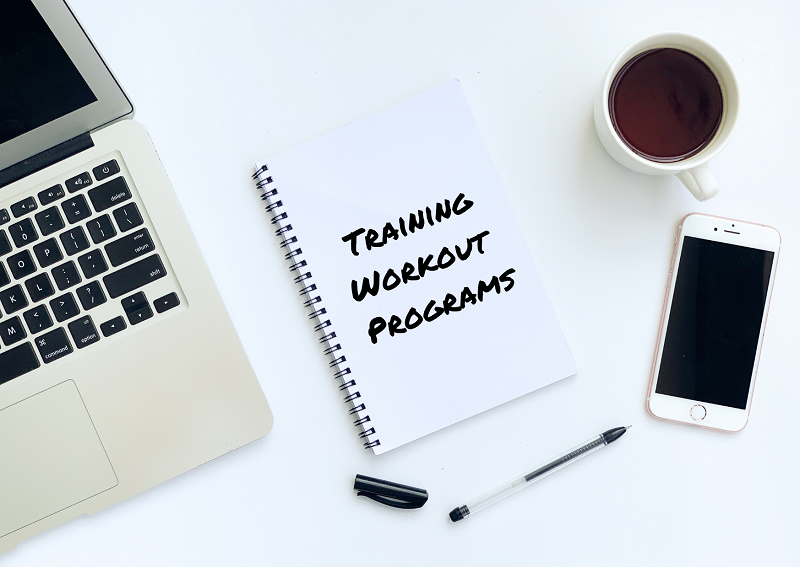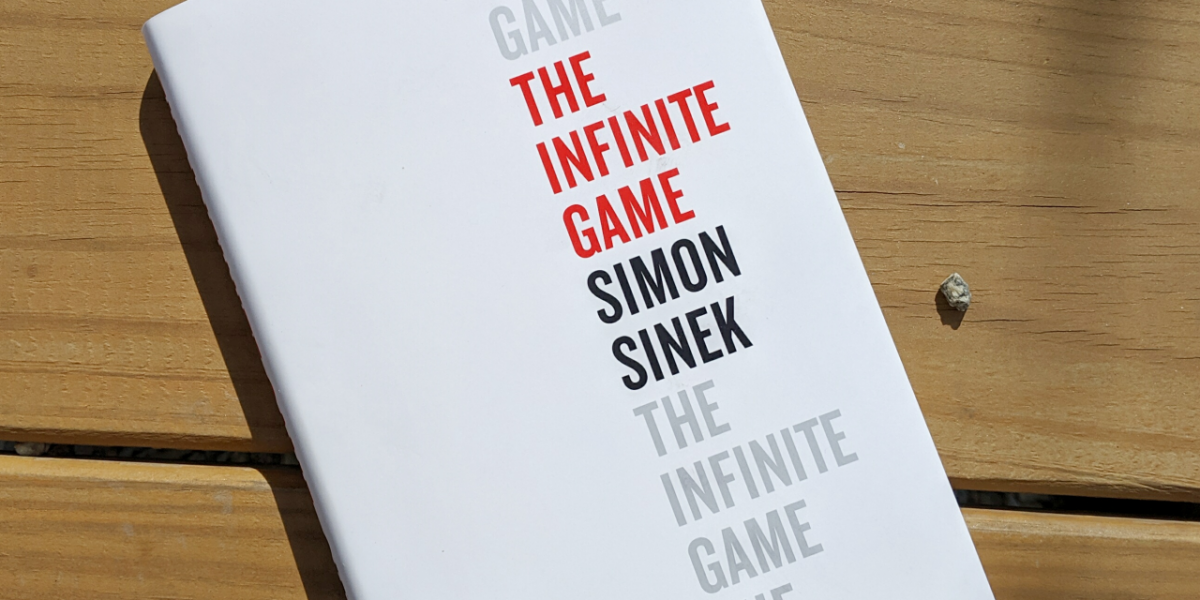Why advanced programming
is slowing down your
client progress
As a new trainer, you’re probably excited to jump right into an epic workout and hammer your clients all the coolest moves. The truth is, flashy exercises are not the most effective choice for 99% of clients. New trainers often lack the experience to understand how to work with clients who have never been active, never played sports… maybe they’ve never even been to a gym before!
Workouts are not about looking cool, and personal training is not about getting clients to fit a mold of what you think a workout looks like. It’s about meeting each client at their level and creating sustainable results.
Truly professional trainers know how to ace the fundamentals even with the trickiest clients. Skillful programming strikes the right balance between a solid foundation and a creative approach.
Are you ready for some game-changing tips to start programming like a pro? The first step is self awareness of your habits and limitations. Check out these 5 mistakes new trainers always make:
1. Programming to look cool.
Can your client perform a bodyweight squat correctly?
Do they know how to hip hinge?
Don’t jump straight into complex combos until the fundamental components are mastered.
Always nail foundations first. Focus on creating muscle memory in all the basic movement patterns. Every client needs to have these 100% ingrained to successfully progress to more complex exercises.
Programming to nail the basics is more complex than it seems. You need to account for each client’s unique strength and mobility limitations, plus address imbalances in the chain as soon as possible. For example, one client’s squat might be held back because of tight hamstrings, while another might struggle with stabilizing their knees. Each one will warrant a different approach.
Learn a variety of regressions and what equipment works best for different issues. Boxes, bands, and balls are all incredible tools, but they need to be applied intentionally- not just because they seem fancy.
2. Skipping assessment.
Your cert probably walked you through some of the basic movement compensation patterns, but do you really know how to spot and address issues across a variety of body types?
Assess your clients regularly in every exercise they perform. Really watch what their bodies are doing. Think critically about the patterns you observe and choose exercises that they can perform correctly, or can safely adjust if their form slips. Practice using different form cues and learn what your clients respond to best.
Over time, you’ll develop a deeper understanding of the mechanics of every exercise and how to troubleshoot more efficiently. Be honest with your clients. Tell them if they need to regress an exercise and why. Explain how their programming will help them reach their goals. Communicating your strategy builds rapport by showing them you have the expertise to guide them, even if the workout looks different than they expected.
3. Changing it up too soon.
Let’s be real- when it comes to gaining strength, progressive overload is king. Effective programming is always repetitive. Progress typically looks as simple as moving a few more pounds of weight, or grinding out a few more reps every week.
Successful programs can look pretty boring. Make sure your clients know that. Sure, keep things fresh and switch out a movement here and there, but don’t let it distract you. You can’t track changes in performance without repeating exercises. If you don’t come back to the same staples, you could easily spin your wheels because you aren’t assessing meaningful changes.
4. Hammering the intensity for no reason.
Beatdown workouts and fancy plyometrics will definitely leave your clients panting for breath… maybe even throwing up. But what are you really accomplishing?
Overdoing the intensity can scare some clients off- and for most people, it’s actually overtraining. Just because it feels intense doesn’t mean it’s the best choice for reaching your client’s goals. HIIT style circuits don’t need to take more than 15 minutes, sometimes even less for a beginner, and there are lower-impact programming options for building work capacity, including LISS cardio and strength training.
5. Getting stuck in your comfort zone.
As a new trainer, most of your experience comes from training yourself. It’s easy to fall into a rut of just training clients how to do your personal favorite exercises. You’re also more likely to overlook problem areas you haven’t personally struggled with. If you’ve never had lower back pain or a muscle imbalance, and haven’t worked with other clients with similar issues, you won’t have the knowledge to quickly and intuitively program for those problems. Your textbook might have touched on them when you studied for your cert, but that is no substitute for hands-on experience.
Sure, there are plenty of exercises that are effective 99% of the time, but if you notice your overall programming looks essentially the same among clients with different goals, stop and analyze your approach.
Ask for feedback and mentorship from more experienced trainers for a fresh perspective. In fact, one of the best ways to deepen your knowledge is to hire your own trainer and experience a new approach firsthand.
Or, take continuing education workshops and certificates. Mix it up by attending different fitness classes. Exploring new modalities helps you expand your toolbox and better serve your clients. You never know what amazing techniques you might discover by trying a new style of workout.
If you recognize yourself in this article and are worried you’ve been doing it all wrong… that is 100% normal! You have to trust the learning process to make it in this industry, even when it’s uncomfortable.
Use this opportunity to identify your next step to becoming a better trainer. Pay attention to your clients and honor their unique needs. Focus on creating direct, goal-oriented workout plans and taking steps to expand your knowledge a little more every day. Stellar results are built one simple step at a time.

- Fill out the contact form below!












